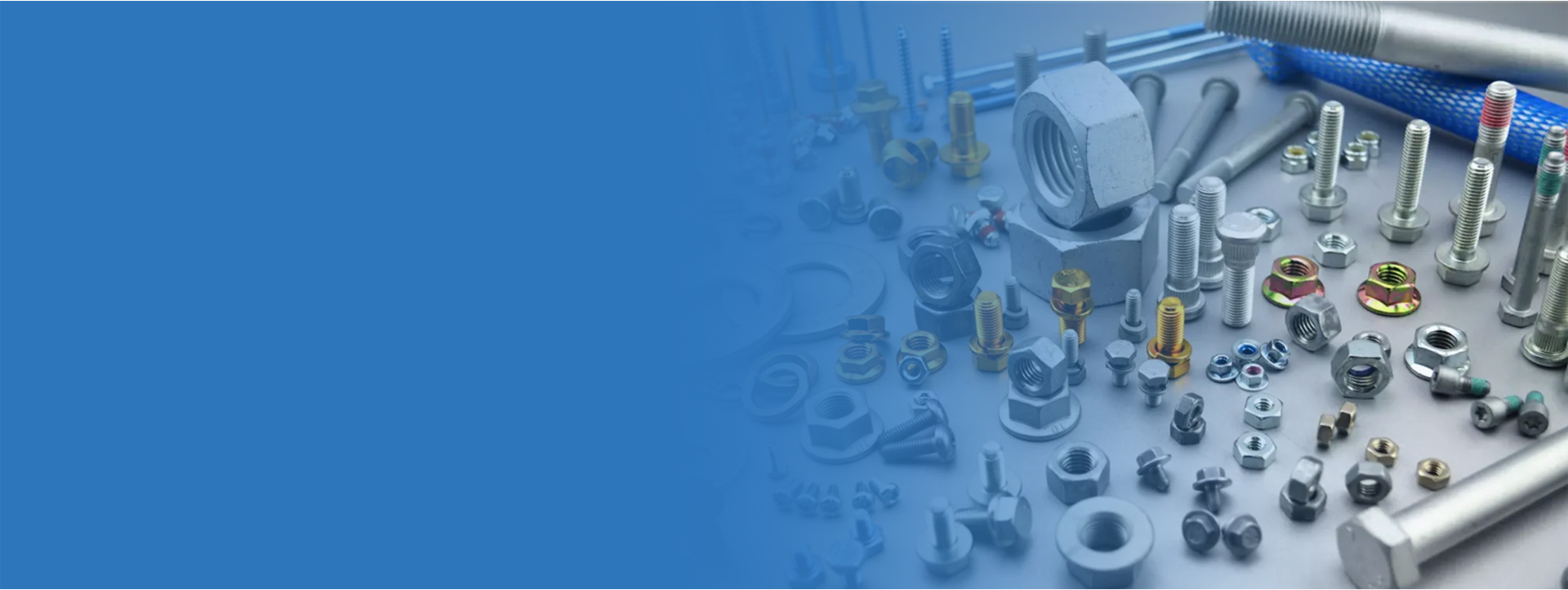Шіл . 26, 2024 15:59 Back to list
Exploring Various Types of Anchor Rods for Construction and Structural Applications
Understanding Anchor Rod Types An Essential Component in Construction
Anchoring systems play a crucial role in construction, ensuring stability and safety for various structures, from buildings to bridges. At the heart of many anchoring solutions are anchor rods, pivotal elements that secure structural components to concrete and other materials. This article explores the different types of anchor rods, their applications, and the factors to consider when choosing the right one for a project.
What Are Anchor Rods?
Anchor rods, also known as anchor bolts, are long metal rods used to attach structural elements to concrete foundations. Their primary purpose is to provide tensile strength, effectively anchoring a structure against wind, seismic forces, and other loads. These rods are typically embedded in concrete and are designed to resist forces acting on the structure, ensuring overall stability.
Types of Anchor Rods
There are several types of anchor rods, each suited for specific applications
1. Straight Anchor Rods The most straightforward design, straight anchor rods are used in a variety of applications. They typically feature a threaded end to allow for a secure connection with nuts and washers. These rods can be fabricated in various lengths and diameters, making them versatile for different construction needs.
2. L-Shaped Anchor Rods This type features a bend at one end, creating an L shape. L-shaped anchor rods are particularly effective in providing additional grip within concrete, making them ideal for applications where lateral stability is essential, such as in retaining walls or heavy machinery foundations.
3. J-Bolts Named for their distinctive J shape, these anchor rods are commonly used to anchor objects to a concrete slab. The bent end helps distribute loads effectively and prevents the bolt from pulling out of the concrete. J-bolts find use in various applications, including securing metal structures and equipment.
4. Epoxy-Coated Anchor Rods To combat corrosion, especially in environments exposed to moisture or chemicals, epoxy-coated anchor rods are used. The coating provides a protective layer, extending the life of the rod and maintaining structural integrity over time.
anchor rod types

5. Specialty Anchor Rods For projects requiring specific characteristics, such as high load-bearing capabilities or resistance to extreme conditions, specialty anchor rods can be manufactured. These may include rods made from stainless steel, carbon steel, or other alloys designed to meet stringent engineering specifications.
Choosing the Right Anchor Rod
Selecting the appropriate anchor rod depends on various factors
- Load Requirements Understand the loads that the anchor must resist. This includes not only vertical loads but also lateral loads introduced by wind or seismic activity.
- Environmental Conditions Factors such as moisture, chemical exposure, and temperature fluctuations can influence the choice of material. For example, areas prone to rust may require stainless steel or epoxy-coated rods.
- Installation Method The installation process can impact the choice of anchor rod. Some rods require specific concrete embedment depths and orientations, while others might be suited for bolted connections with steel plates.
- Building Codes and Standards Always adhere to local building codes and regulations when selecting and installing anchor rods. Specific conditions may be outlined depending on the type and purpose of the structure.
Conclusion
Understanding the various types of anchor rods and their applications is vital for successful construction projects. By carefully considering load requirements, environmental factors, and installation methods, engineers and contractors can choose the most appropriate anchor rods to ensure the safety and stability of their structures. As an essential component in the realm of construction, anchor rods deserve careful attention and consideration in design and implementation.


